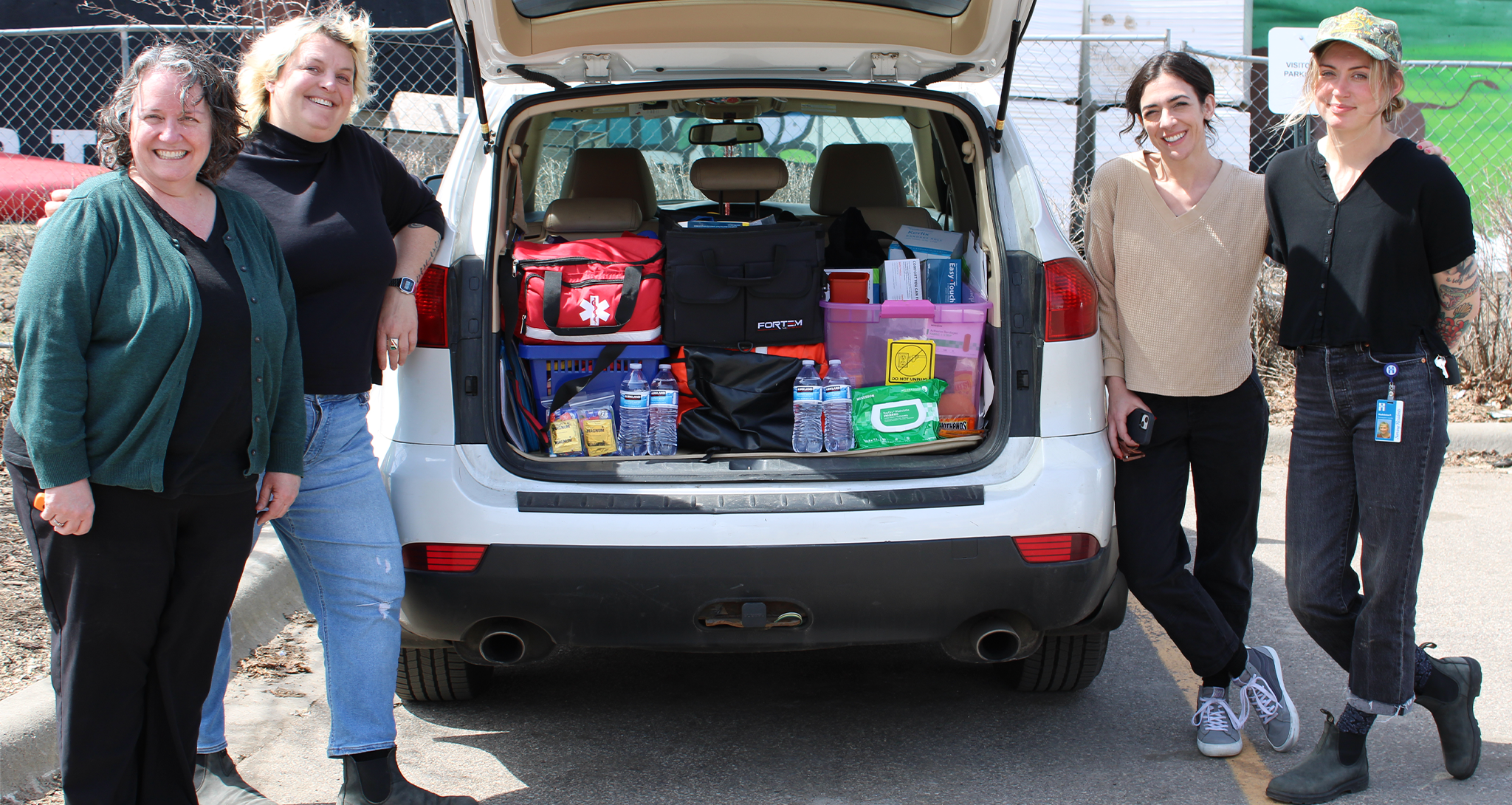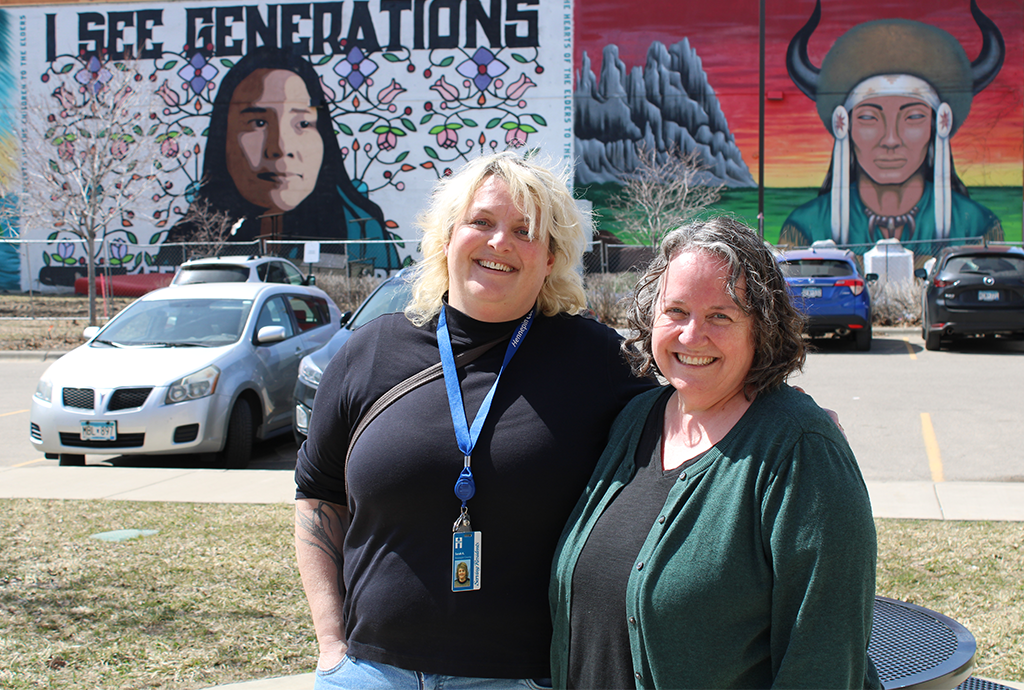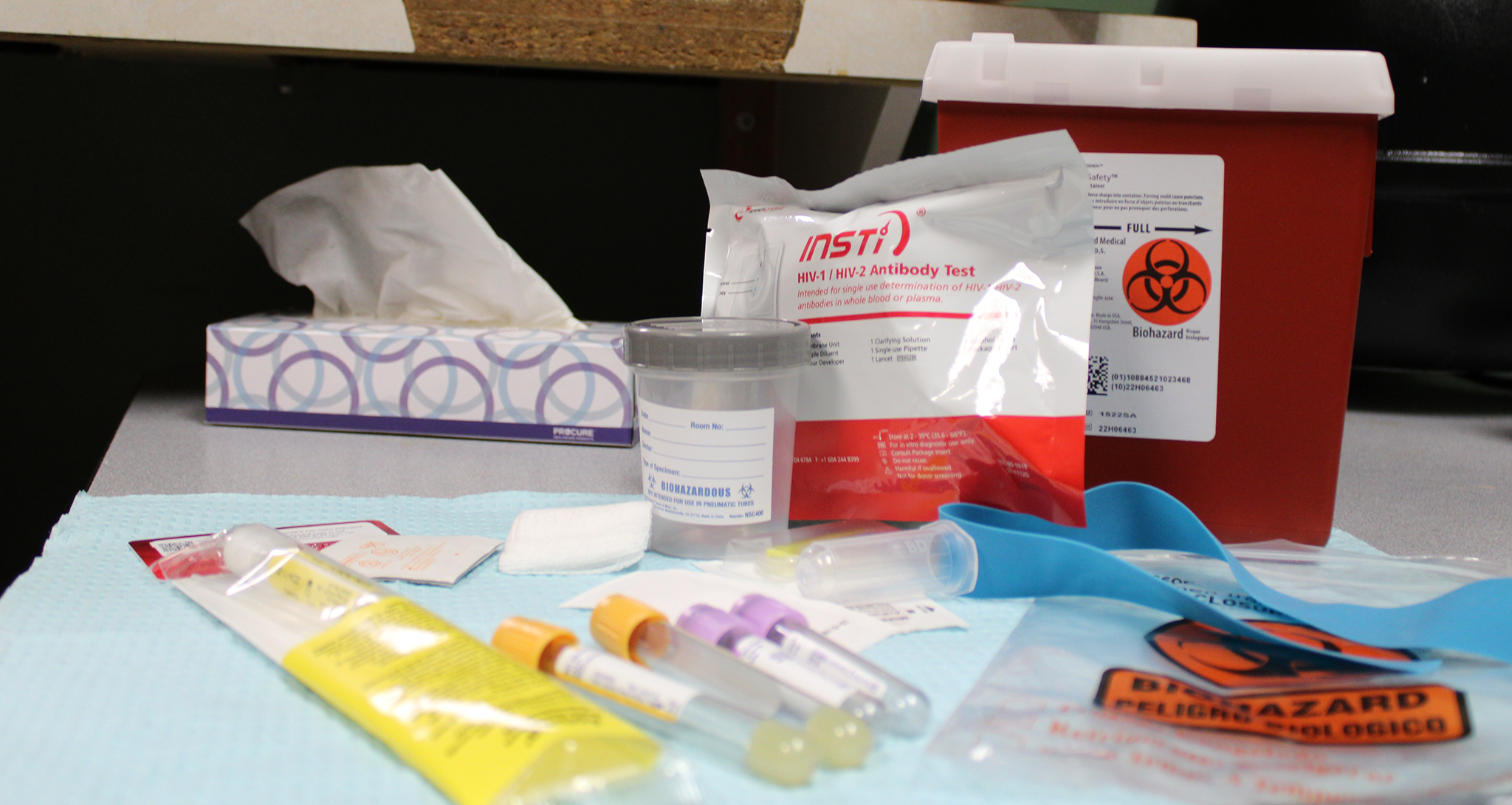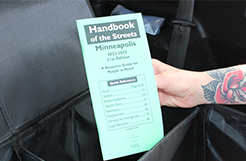

In January 2020, the Minnesota Department of Health declared an HIV outbreak among people who inject drugs, within two distinct populations: 1) those who were men who have sex with men, and 2) homeless and living in encampments. Nearly all of these cases occurred among people living in Hennepin County.
This is the story of how Hennepin County Public Health, and our partners at the Minnesota Department of Health and local service agencies, responded to the outbreak.
An outbreak points out the flaws in a system.
Jan 2020 –
May 2023
In an average year, Minnesota might see 10 HIV cases with injection drug use as the primary risk factor. In this outbreak, Hennepin County was seeing that many in one month.
An outbreak of HIV in this population is not unheard of but was previously rare in Minnesota. The reasons for the outbreak are complex. The opioid and methamphetamine crises contributed to more people injecting drugs. Additionally, from June through December 2018, the largest homelessness encampment in Minnesota history occurred in Hennepin County. Public health staff believe these concurrent challenges created the opportunity for HIV to spread rapidly.
According to Health Care for the Homeless nurse Sarah Jane Keaveny, “I came to understand an outbreak is seen as a higher rate of transmission where there hasn’t been before.” In this case, the HIV outbreak included people using injection drugs, including people living in encampments and men who have sex with men. Before the outbreak, approximately 145 new cases of HIV were diagnosed in Hennepin County in an average year, the majority of which were among men who have sex with men but without injection drug use as a risk factor.


Responding to this outbreak required Hennepin County to work differently with patients using injection drugs while homeless or living in encampments. “An outbreak points out the flaws in a system,” said Jonathan Hanft, Ryan White HIV program coordinator. “Hennepin County is working on fixing some of those issues including … [finding] innovative ways to meet people where they’re at.”
For example, the Ryan White HIV program has funded a housing case manager position on the Health Care for the Homeless team, allowing for more collaboration between disease intervention specialist at Red Door Clinic and outreach staff with Health Care for the Homeless. Additionally, Minnesota Department of Health funded three new disease intervention specialist positions within Red Door Clinic to focus on the HIV outbreak.
Judy Rosenberger, a disease intervention specialist with the Red Door Clinic, worked closely with Sarah Jane and others on Hennepin County’s outbreak response team.
A disease intervention specialist gathers information from patients to notify people that may have been exposed to a communicable disease. Normally, in her disease intervention work, Judy would meet patients at the clinic or over the phone. With the outbreak occurring among people living in encampments, she had to get creative.
Judy partnered with Health Care for the Homeless to do contact tracing for the HIV outbreak, because they had experience doing outreach at encampments and shelters. To interview people for her investigations, she would go to encampments, shelters, or places people were known to frequent.
These interviews – known as contact tracing – help to identify other people who may have been exposed to HIV. This practice helps people receive timely testing and treatment and is critical to breaking the chain of infection and ending an outbreak.
When asked how people know who they are and to approach them, Judy says, “People see our lanyards, recognize Sarah Jane and other people from Health Care for the Homeless, or see that we’re handing stuff out and will come up to see what we’re offering. Sometimes, they’ll want to show us a wound or talk about a health issue.”
The outbreak also changed the medical model for Health Care for the Homeless and Ryan White HIV Services. Sarah Jane says, “Before the outbreak, someone might have to wait three weeks between an HIV diagnosis and starting HIV treatment.” Now, Health Care for the Homeless has nurse practitioners who can start someone on HIV medication the same day as their diagnosis, even when they’re out meeting with them in the encampments or on the streets.
“We need to take the opportunity right when it’s there,” says Sarah Jane regarding starting medications. “If you don’t have a phone, or place to stay, it’s hard to get services. If we know that a person needs medication, just starting them removes so many barriers.”

Hennepin County’s emergency response ended in January 2023; however, the outbreak is not over. Rather, the work is now embedded in programs and newly created positions, such as a new Health Care for the Homeless housing case manager, and a Red Door disease intervention specialist resource specialist and disease intervention specialist nurse. Judy says, “One thing that the outbreak has put a spotlight on is that these [risk factors] are connected and we need to work together to get people resources they need.”
Hennepin County and partners are working upstream to address the root causes of outbreaks like this, through innovative approaches to ending homelessness and community driven solutions to addressing the opioid epidemic.
At the same time, the Red Door Clinic and Health Care for the Homeless offer harm and risk reduction services that help to prevent HIV transmission, including HIV testing and syringe exchange services.
Hennepin County Public Health’s response to this outbreak led to a new way of working on HIV in our department. The learnings from the response are now fully embedded into ongoing programming in Ryan White, Health Care for the Homeless, and the Red Door Clinic. As long as homelessness and injection drug use remain public health issues, this work will continue.
Hennepin County program sites
Red Door Services Syringe Exchange
Written by: Bo Lopez
